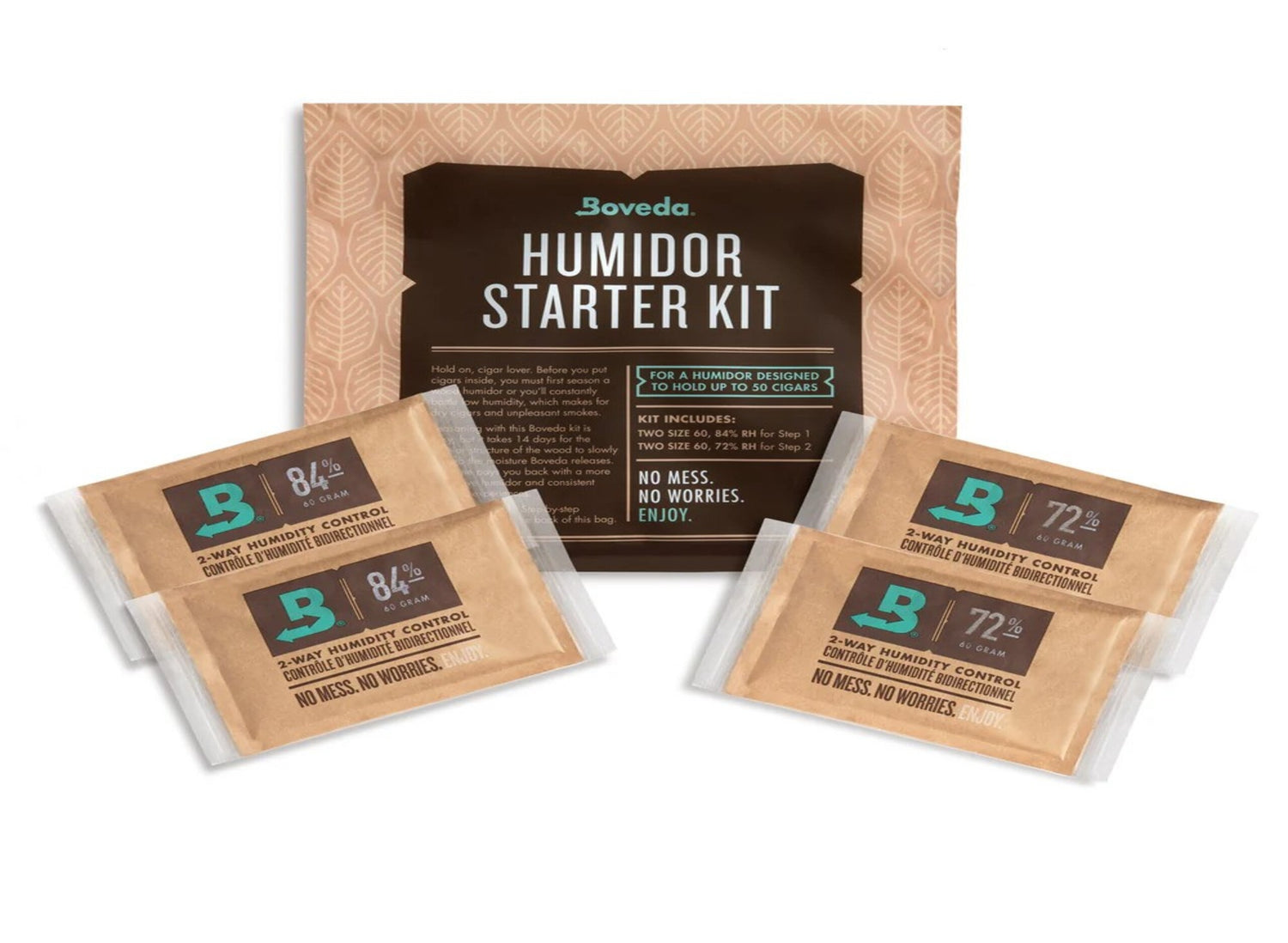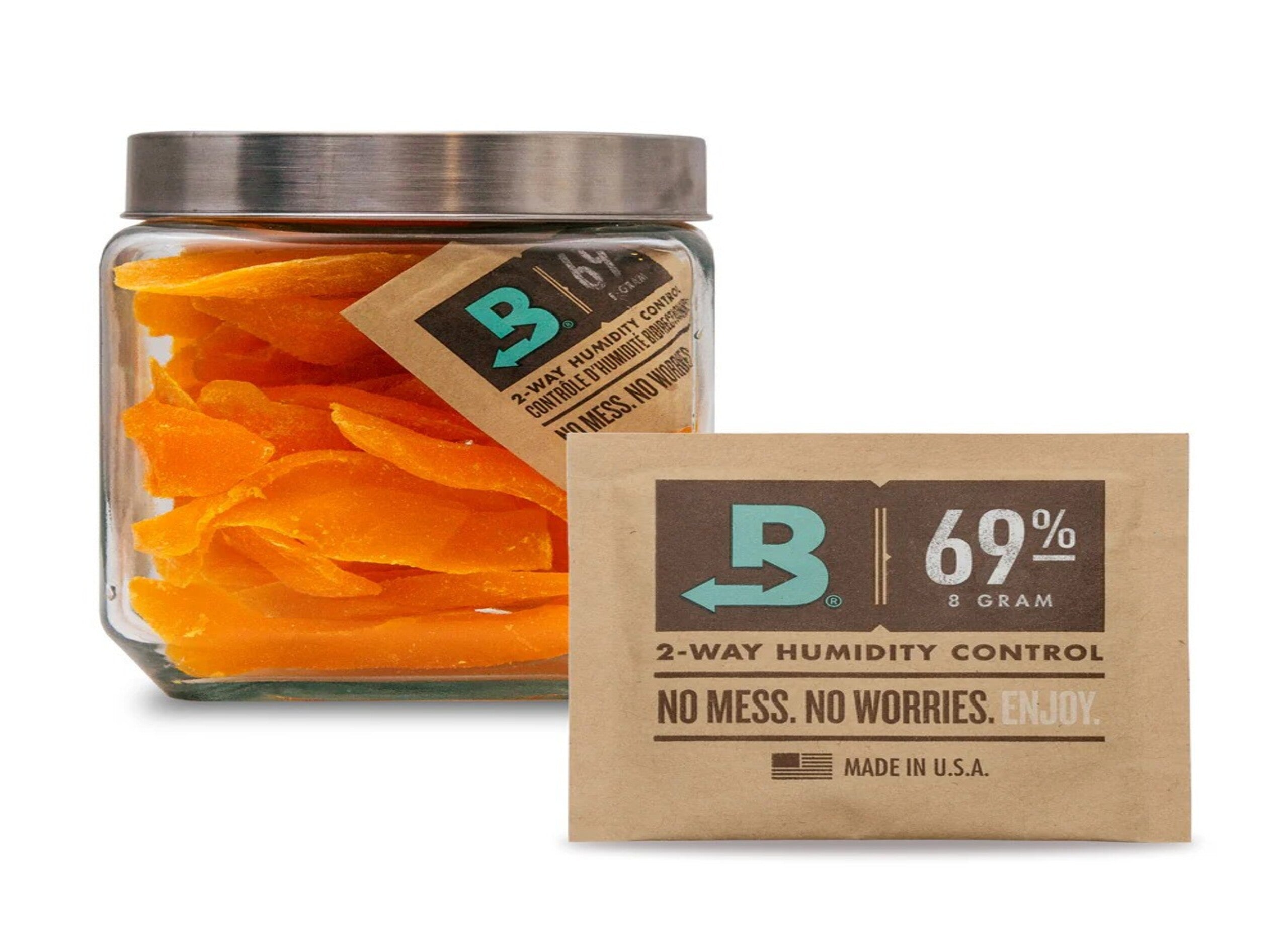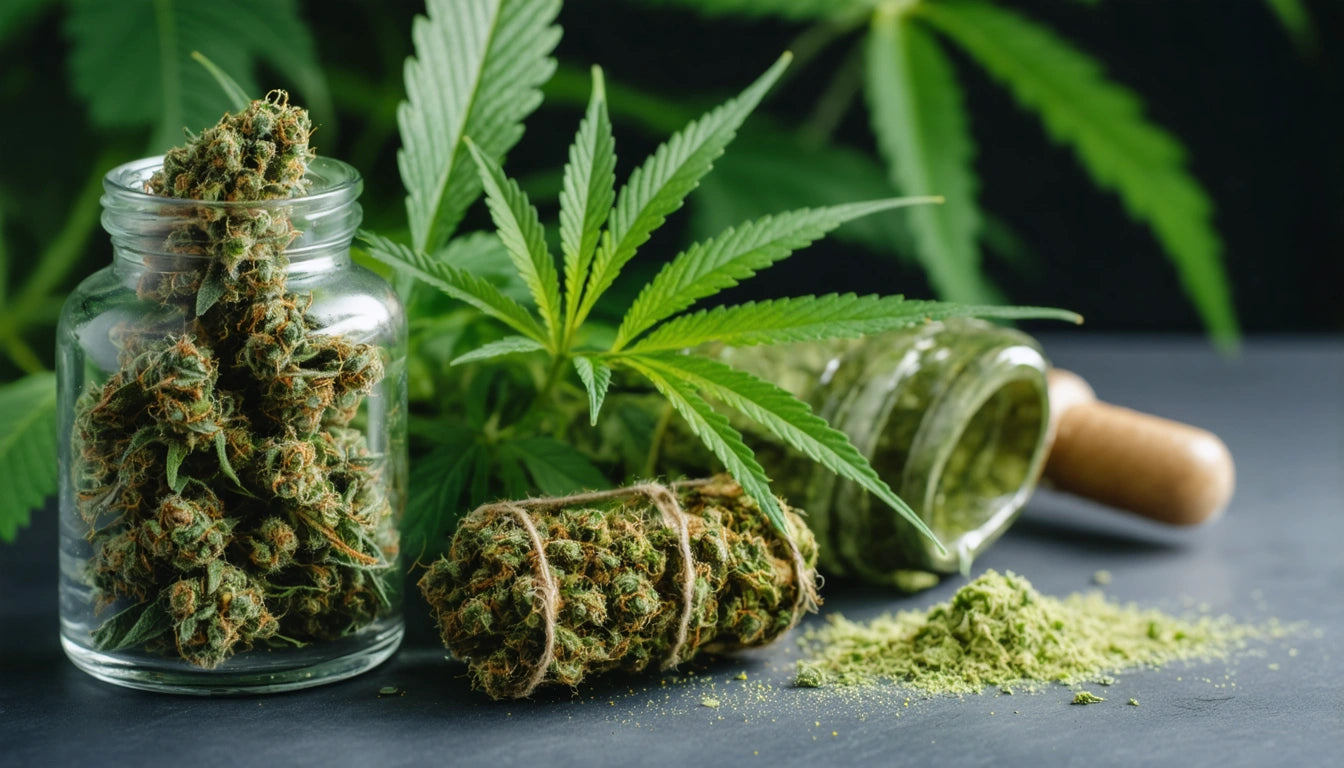Table of Contents
Humidity Packs for Shippers: Are Boveda Packs TSA Safe?
When shipping or traveling with moisture-sensitive products, humidity control becomes a critical consideration. Boveda packs have become the industry standard for maintaining optimal moisture levels in cannabis, cigars, and other organic materials. However, many consumers and businesses question whether these humidity packs comply with Transportation Security Administration (TSA) regulations when shipping or traveling.
TSA Regulations and Humidity Packs: What You Need to Know
The TSA does not specifically prohibit humidity control packs in carry-on or checked luggage. Boveda packs contain only salt, water, and a food-grade thickening agent enclosed in a specialized paper membrane. According to Boveda's food safety profile, these components are non-toxic, non-flammable, and pose no security threats.
However, it's important to note that while the humidity packs themselves are generally permitted, the products they're designed to preserve (particularly cannabis) remain federally prohibited for air travel, regardless of state legality.
Key TSA Considerations:
- Humidity packs are not listed as prohibited items
- They contain no flammable or dangerous components
- They are sealed units with no loose liquids
- They don't trigger security equipment alerts
Boveda Pack Composition and Safety Profile
Understanding what Boveda packs contain helps explain their TSA compliance. These humidity control solutions utilize a patented 2-way humidity control system that both adds and removes moisture as needed to maintain a specific relative humidity (RH) level.
As explored in this breakdown of Boveda's technology, the packs contain a saturated solution of natural salts and purified water. This solution is non-hazardous according to OSHA standards and is considered food-safe by the FDA, making it compliant with air travel regulations.
Traveling with Humidity Packs: Best Practices
When traveling with humidity packs, following these best practices will help ensure a smooth security screening experience:
For Carry-On Luggage:
- Keep humidity packs in their original, sealed packaging when possible
- If opened, store them in a clear, resealable bag
- Be prepared to explain their purpose if asked by TSA agents
- Separate them from any items that might raise concerns
For Checked Baggage:
- Seal humidity packs in airtight containers to preserve their effectiveness
- Pack them away from items that could puncture the membrane
- Consider using alternative humidity control options that come in harder packaging for better protection during rough baggage handling
Alternatives to Boveda for Travel Purposes
While Boveda is the market leader, other humidity control options exist that may be suitable for travel purposes. Integra Boost packs function similarly to Boveda and are equally TSA-compliant. A side-by-side comparison shows that both products use similar technology and materials.
For those concerned about traveling with any humidity packs, temporary solutions include:
- Vacuum-sealed containers that limit air exchange
- Glass containers with rubber seals for short trips
- Purchasing new humidity packs at your destination
Proper Usage Guidelines for Humidity Packs in Transit
To maintain effectiveness during travel while remaining TSA-compliant, follow these guidelines:
Selecting the Right RH Level
Different products require different humidity levels. For cannabis storage, the debate between Boveda 62% vs 58% RH continues, but for travel purposes, the 58% option may be preferable as it reduces the risk of excess moisture during pressure changes.
Proper Sizing for Travel Containers
When traveling, container size matters. According to Boveda's sizing guide, you should use:
- 8g pack for containers up to 1 oz capacity
- 4g pack for small travel containers under 7 grams
- Multiple smaller packs rather than one large pack for better distribution
Using the appropriate size prevents overhumidification and reduces the risk of damage to sensitive materials during pressure changes in flight.
Packaging Considerations
The container you use with humidity packs affects their performance and TSA screening. Glass or mylar options both work well, but for travel, mylar bags offer lightweight, discreet protection that's less likely to break during transit.
Travel Recommendations for Optimal Humidity Control
For those who regularly ship or travel with products requiring humidity control, these professional recommendations will help maintain product integrity while staying TSA-compliant:
- Always carry documentation for any legal products being transported
- Use humidity packs with hard shells or protective cases during transit
- Monitor the condition of your packs before travel; replace when showing signs of hardening
- Consider climate differences between departure and destination locations
- For international travel, check specific country regulations as they may differ from TSA rules
Remember that while humidity packs themselves are generally TSA-safe, they don't make prohibited items legal to transport. Always prioritize compliance with both federal and international regulations when traveling with any specialized packaging or preservation products.











Leave a comment
All comments are moderated before being published.
This site is protected by hCaptcha and the hCaptcha Privacy Policy and Terms of Service apply.